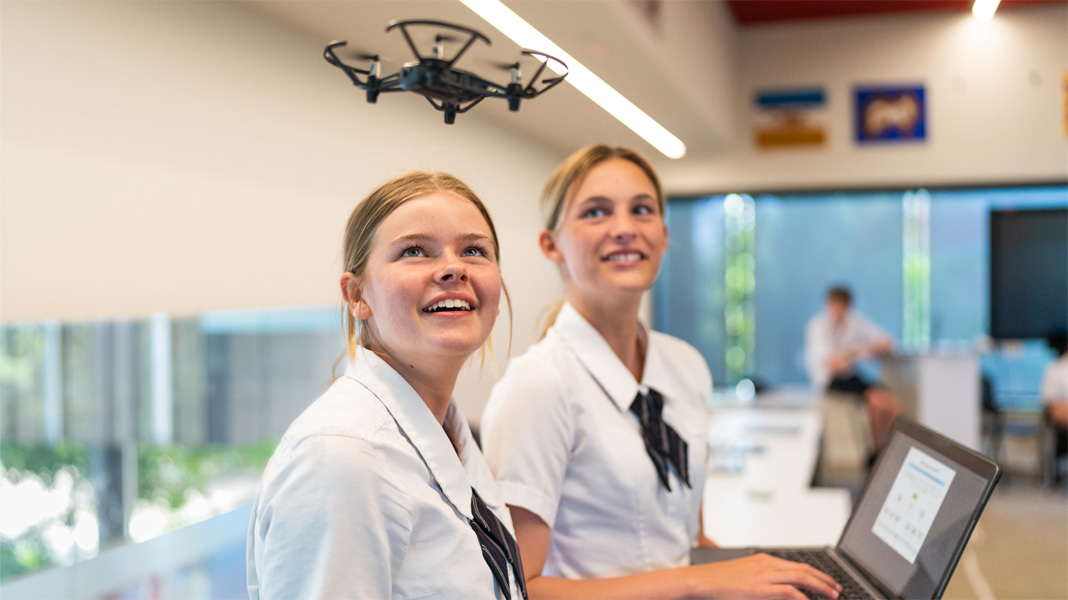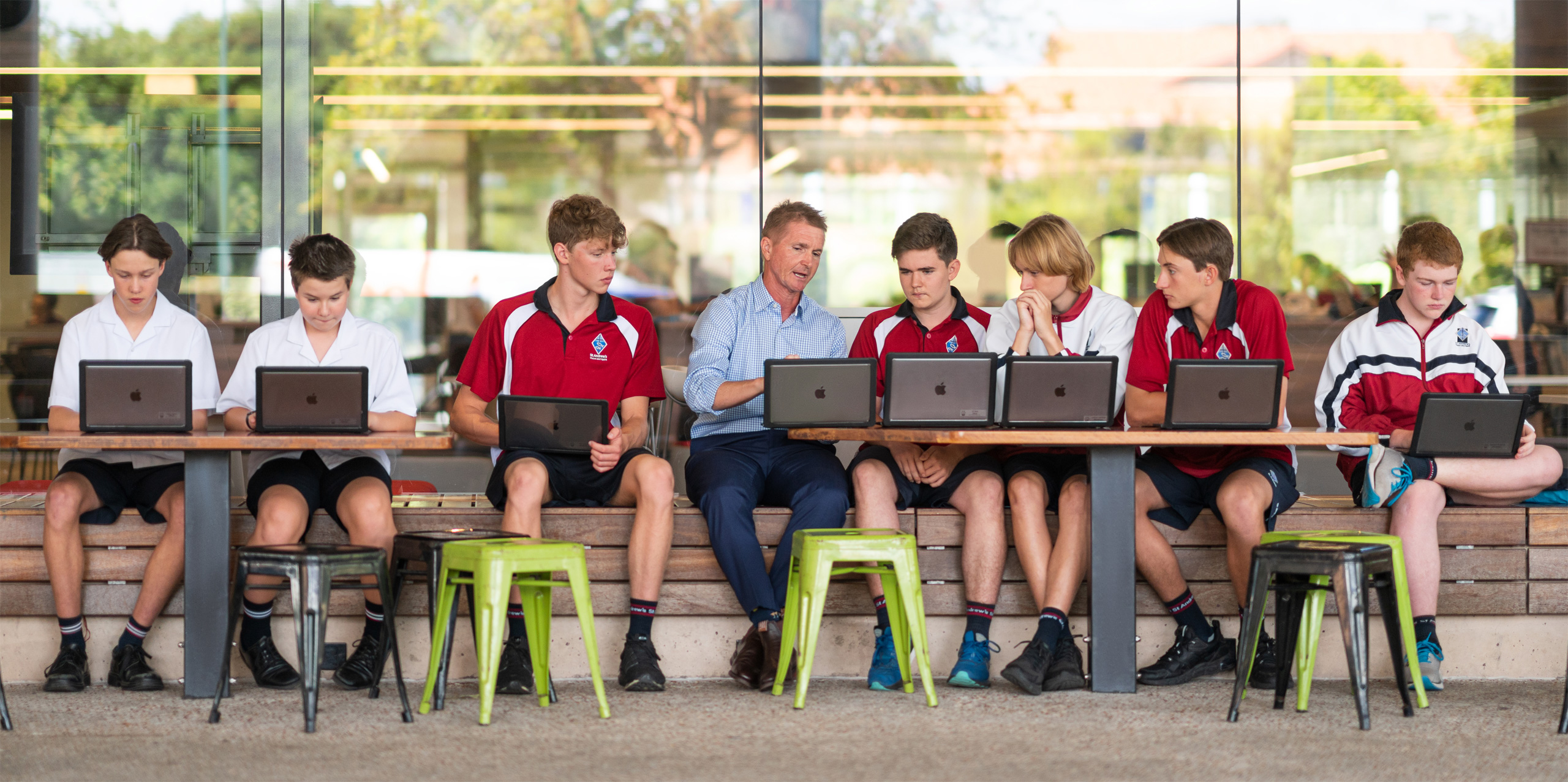St Andrew’s Anglican College
Sunshine Coast, Australia
Switching to Mac unlocks new opportunities.
Students
Educators
St Andrew’s Anglican College had a vision. This award-winning K–12 school on the Sunshine Coast of Australia wanted to create an even more dynamic and innovative learning environment. The solution was to invest in reliable and robust devices that supported their goals — and their budgetary requirements.
At the time, they found student devices to be slow, unreliable, and limited to internet use and word processing. These legacy devices were also a source of frequent IT issues and security attacks, so a lot of time was spent maintaining, troubleshooting and fixing them.

As a potential solution, Director of Knowledge Services, Brett Moller, spearheaded a trial of MacBook Air in 2020 to pilot the ultrafast performance and all-day battery life of Mac. The students loved it, and by 2021 the entire high school switched from PC to Mac. Today, teachers say they’ve seen an increase in student engagement, productivity and creativity across the school.
The seamless compatibility of Mac with third-party apps — like Adobe Creative Cloud, Google Workspace for Education and Microsoft 365 — means everyone can find tools that best support their needs. Students use SketchUp in engineering to visualise an idea before building a model, iMovie in art classes to create stop-motion animation, and Swift Playgrounds in coding classes to bring their app ideas to life. And teachers seamlessly transfer and review student work with AirDrop, then share with the whole class via screen mirroring on Apple TV, so USB drives are no longer required.

The IT team uses JAMF and Apple School Manager to set up all their devices, without touching a single one. After the switch to Mac, IT issues dropped by over 90 per cent, and the built-in security features of Mac — like data encryption and automatic updates — significantly reduced the number of security issues.
When compared to their previous platform, school leaders found that the reduced IT demands and the resiliency of Mac made it the most cost-effective option. Since the switch, the overall IT operational budget has been reduced by more than 6 per cent on average, despite an increase in enrolment and added expenses for facility and security improvements. The result is that more budget and personnel can be dedicated to what matters most: learning.
“At St Andrew’s, our vision is for everything we do to have a positive impact on learning — especially technology. Mac has taken it a step further by allowing our students to think and create without limits. With Mac, there’s nothing they can’t do.”







